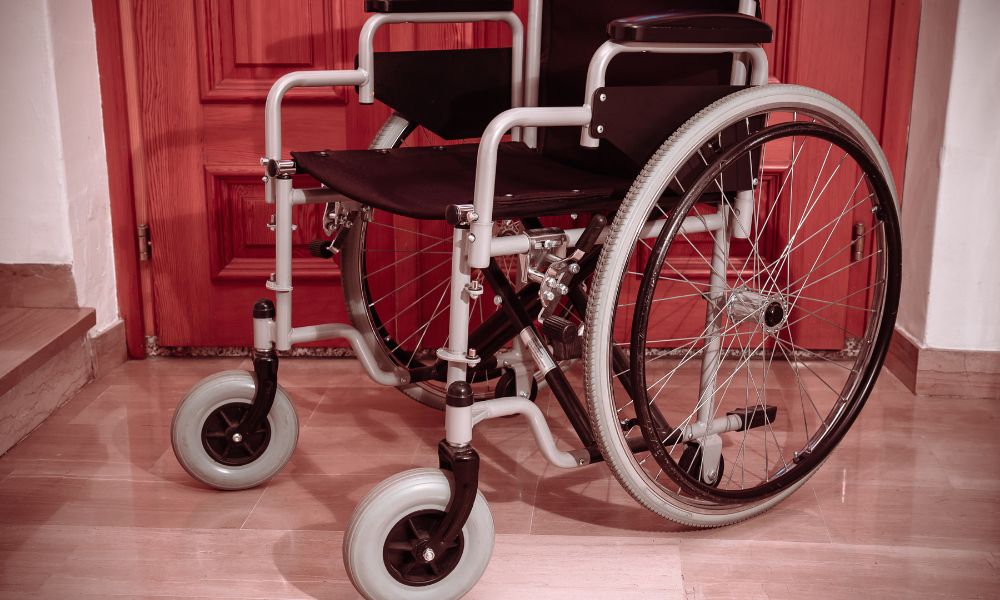Wheelchair Lock Mechanisms: Safety in Unexpected Situations
Apr 10th 2024

Wheelchair lock mechanisms aren’t just optional add-ons; they’re pivotal in ensuring safety and stability for wheelchair users. Whether you’re navigating over rough terrain or encountering unexpected barriers, wheelchair lock mechanisms provide safety in unexpected situations. Knowing the importance and types of wheelchair locks is helpful. And being aware of how to use your wheelchair lock properly is crucial to your well-being and your chair’s functionality.
The Importance of Wheelchair Lock Mechanisms
Wheelchair wheel locks prevent the wheelchair from moving unexpectedly, reducing the risk of falls and injuries. This is particularly important in scenarios where the user is transferring in or out of the chair, moving on slopes, or navigating uneven surfaces. Locks also provide a stable platform for users to perform tasks, enhancing autonomy and confidence in daily activities. Essentially, these mechanisms serve as integral safety features that support the user's mobility and security.
Types of Wheelchair Lock Mechanisms
Wheelchair lock mechanisms come in a variety of forms to suit different needs and preferences. Some popular types include:
- Manual locks: These are the most common type. You typically engage them with a lever or push-button mechanism that directly applies a brake to the wheels.
- Electromagnetic locks: Often on power wheelchairs, these locks use an electrical signal to engage the brake, offering a higher level of security and ease of use for individuals with limited hand strength.
- Disc brakes: Similar to bicycle brakes, these provide more precise control over the wheelchair, making them ideal for users navigating steep inclines or declines.
- Automatic locks: Designed for maximum convenience, these locks engage automatically when the wheelchair stops moving, ensuring the chair remains stationary unless intentionally moved.
How To Properly Use Wheelchair Locks
Proper use of wheelchair locks is essential for ensuring your safety and maximizing the functionality of your wheelchair. To engage the lock, locate the lever, button, or switch corresponding to your type of lock mechanism. For manual locks, apply firm pressure to the lever or button until you feel the lock engage with the wheel. A clicking sound typically accompanies this. For electromagnetic or automatic locks, simply activating the switch or stopping movement will engage them.
Remember to always test the lock by gently attempting to move the wheelchair before transferring in or out to ensure it has securely engaged. Don’t forget to disengage the lock before attempting to move again. Perform regular maintenance and checks to ensure the locks remain in good working condition, as a faulty lock can compromise safety.
Unexpected Situations Where Wheelchair Locks Can Be Helpful
Wheelchair locks prove to be invaluable in a myriad of unexpected situations. For instance, during emergency stops on public transportation, locks can prevent the wheelchair from rolling. This safeguards the user against potential injuries. In crowded places, where sudden stops and directional changes are common, these mechanisms offer stability and confidence to the user.
In essence, safety in unexpected situations with wheelchair lock mechanisms isn’t merely about preventing motion. It's about providing a sense of security and autonomy to wheelchair users, enabling them to navigate their environment with peace of mind.

